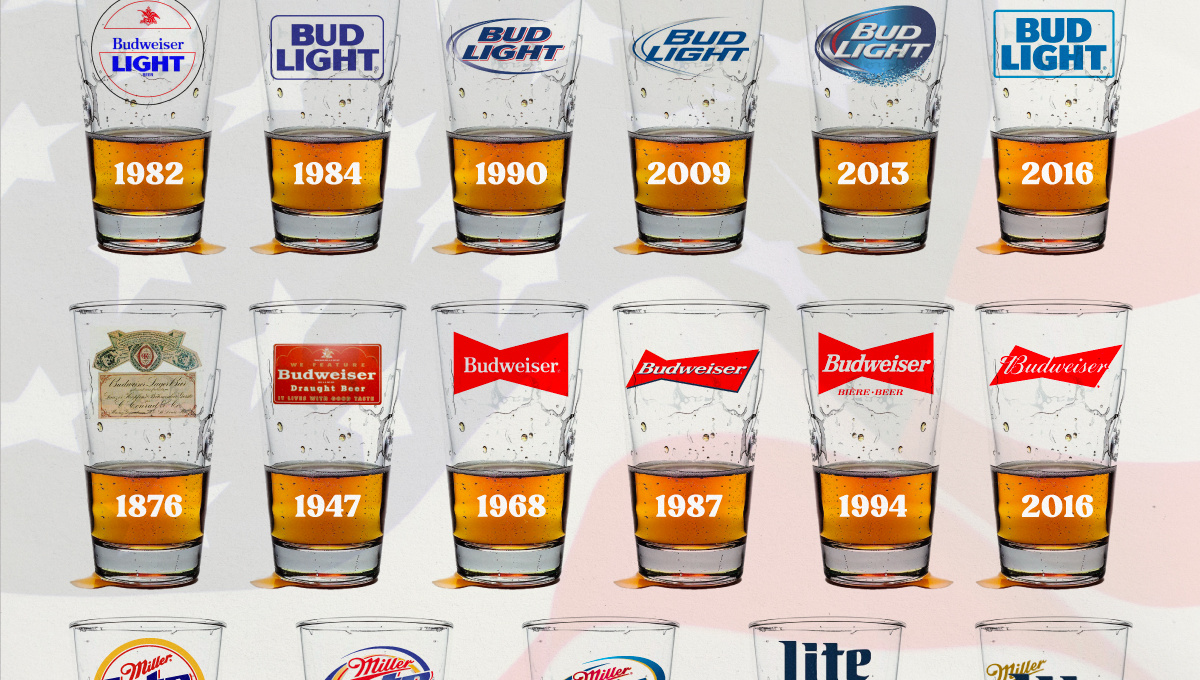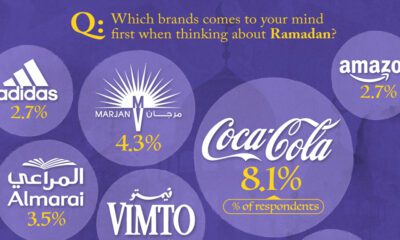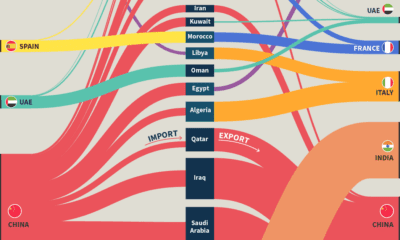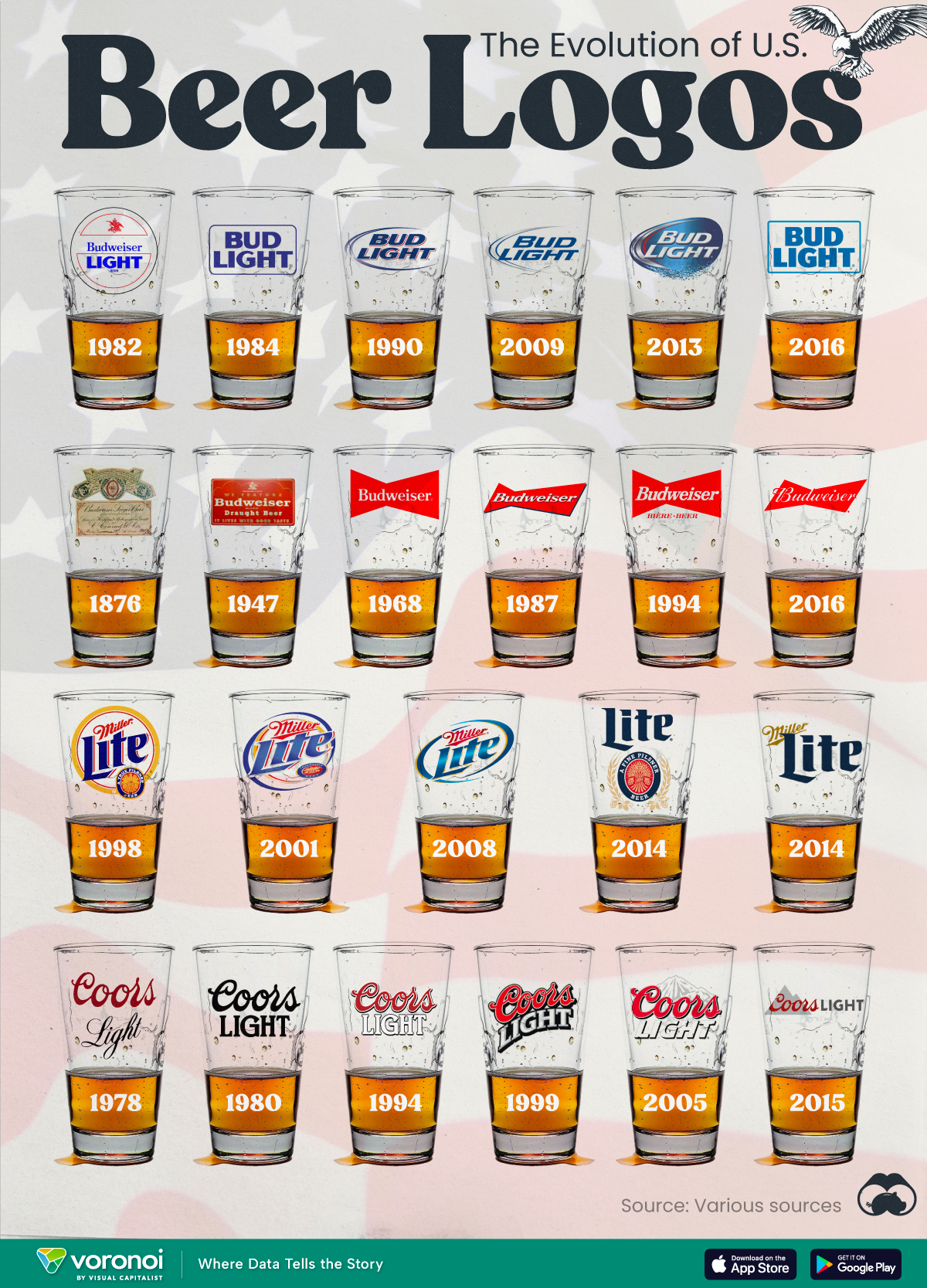Misc
Map Explainer: The Gaza Strip

Map Explainer: The Gaza Strip
Recent attacks on Israel by Hamas have placed the Gaza Strip firmly in the spotlight of the global news cycle.
While conflict in that part of the world is thoroughly covered in headlines and news stories, more basic facts about Gaza receive less attention. With this infographic, we aim to fill in some of those gaps, including demographics, infrastructure, and more.
Below, we outline three key facts to know about the Gaza Strip and the people who live there:
1. Gaza is Young and Increasingly Crowded
Gaza has a high fertility rate (3.9), and as a result, nearly half of the people living there are children. Much of this rapidly growing population lives in crowded cities and camps that are some of the most densely populated areas in the world.
The majority of people in the Gaza Strip are officially considered refugees by the UN. Over many decades, refugee camps have become permanent settlements, blending with the surrounding urban areas. Upwards of 80% of the population relies on international aid for basic services and sustenance.
In terms of religion, Gaza is very uniform. 99% of the population are Sunni Muslims. This is similar to Egypt and other North African nations.
2. The Territory is Tightly Controlled
Israel has enforced a land, air, and sea blockade since 2007, when Hamas took control of the Gaza Strip and Israel’s Security Cabinet labeled region a “hostile entity”. The land border of Gaza Strip is heavily fortified consisting of double-wired fencing and concrete barriers. These borders follow the “Green Line”, a demarcation set after the end of the Arab–Israeli War. There is also a 100-300 meter buffer zone inside the territory’s border where access is restricted.
There are two border crossings—one into Egypt in the south and one into Israel in the north—that a limited number of civilians can cross. Over the years, border crossings on the east side of the territory have been closed down. There is an additional large scale crossing on the bottom corner of the territory that serves as a checkpoint for goods entering from Egypt.
The region’s airspace is controlled by Israel. Even its electro-magnetic space is restricted, meaning many Palestinians rely on 2G and 3G.
3. Infrastructure is Patchy
Multiple years of conflict and underinvestment have left infrastructure in shambles in much of the Gaza Strip.
For example, there is a just single diesel power plant servicing the entire region. Power lines run into Gaza from neighboring Israel, but even in non-conflict periods, the region runs a large electricity deficit.
Gaza accesses fresh water via the Coastal Aquifer—an underground water supply that is dwindling due to over-extraction—and from desalination plants. International aid efforts are improving the situation, but infrastructure remains damaged by neglect and intermittent air strikes.
Water treatment infrastructure has slowly been improving due to foreign aid, and less raw sewage is now entering the Mediterranean Sea. This clean-up effort has helped create more recreation opportunities along the territory’s beaches.
Misc
The Evolution of U.S. Beer Logos
In this graphic, we analyze the evolution of popular U.S. beer logos like Budweiser, Coors Light, Bud Light, and more.

The Evolution of U.S. Beer Logos
This was originally posted on our Voronoi app. Download the app for free on iOS or Android and discover incredible data-driven charts from a variety of trusted sources.
Despite selling a popular product, beer companies have to be creative to stand out in a competitive market.
In this graphic, we analyze the evolution of some U.S. beer logos based on various sources. We chose brands based on a mixture of criteria, including popularity (based on YouGov surveys), availability of logo assets, and those with interesting developments.
Bud Light Back to the ’80s
Despite recent backlash and calls for a boycott after sending a commemorative can to transgender influencer Dylan Mulvaney, Bud Light remains one of America’s best-selling beers.
The brand of light beer, owned by the Anheuser-Busch company, has switched from its more circular logo with italic letters adopted in the 1990s back to the Bud Light badge of the 1980s. It is composed of heavy uppercase lettering, written in two levels in a shade of blue with the inscription placed on a solid white background and enclosed in a thin rectangular frame.
Miller Lite Goes Old School
After following a similar approach to Bud Light’s branding throughout the 2000s, Miller Lite decided to undergo a major rebranding in 2014.
The company returned to its 1970s roots, once again combining a white can with its original blue, gold, and red logo. The redesign was largely considered a success, given that Miller Lite sales immediately increased following the change.
A Symbol of American Brewing
The oldest brand on our U.S. beer list, the Budweiser logo, has undergone more than 15 changes over the years.
The design of two connected triangles represents a red bow tie, as a symbol of American brewing.
The colors of the Budweiser logo include a vibrant red, which helps the logo stand out and be easily recognizable from a distance. Studies also suggest that the color red stimulates appetite. Meanwhile, the white inscription symbolizes purity and cleanliness.
Curious to learn more about the beer market? Check out this graphic about global beer consumption.
-

 Economy7 days ago
Economy7 days agoRanked: The Top 20 Countries in Debt to China
-

 Demographics2 weeks ago
Demographics2 weeks agoThe Countries That Have Become Sadder Since 2010
-

 Money2 weeks ago
Money2 weeks agoCharted: Who Has Savings in This Economy?
-

 Technology2 weeks ago
Technology2 weeks agoVisualizing AI Patents by Country
-

 Economy2 weeks ago
Economy2 weeks agoEconomic Growth Forecasts for G7 and BRICS Countries in 2024
-

 Wealth2 weeks ago
Wealth2 weeks agoCharted: Which City Has the Most Billionaires in 2024?
-

 Technology1 week ago
Technology1 week agoAll of the Grants Given by the U.S. CHIPS Act
-

 Green1 week ago
Green1 week agoThe Carbon Footprint of Major Travel Methods

















